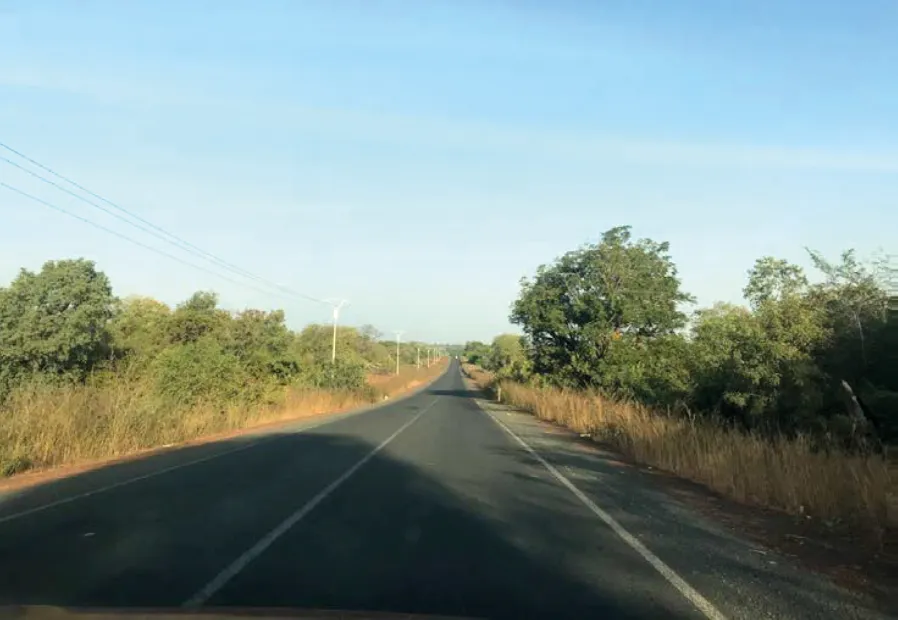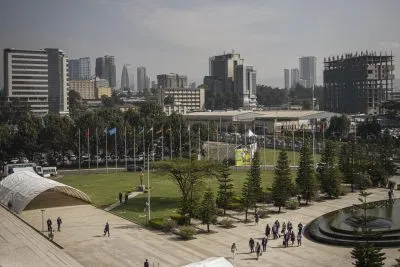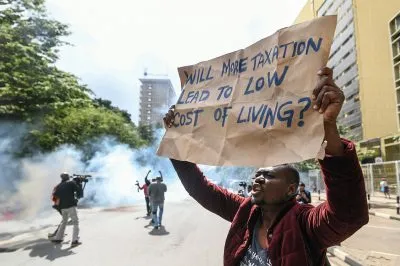This article is sponsored by BIDC
With the steadfast backing of the ECOWAS Bank for Investment and Development (EBID), REEP has breathed new life into the heart of rural provinces through the deployment of cutting-edge infrastructure.
The foundation for this remarkable endeavour was the installation of Heavy Fuel Oil Diesel Generators (HFO DG sets) and the expansion of electricity transmission and distribution lines. These advances, underpinned by meticulous planning, have set the stage for a profound change.
The project’s footprint is vast, with a web of 425km of networks and service connections. Among these, 175km of 30KV medium voltage transmission lines and 250km of 400V low voltage distribution lines now crisscross towns like Barra Essau, Kerewan, Sotuma, Bantanto, Bansang, and Tap Off. However, the project’s ambitions extended beyond just expansion; it embraced transformation at its core.
In pursuit of sustainability, a comprehensive approach was adopted, including robust environmental and social safeguards. These measures encompassed the treatment of oily wastewater and the proper disposal of centrifuge reject (sludge) from the power stations. Furthermore, a concerted effort was made to mitigate the impact of tree removal for the installation of electricity transmission and distribution lines, highlighting the project’s commitment to harmonious coexistence with nature.
At the heart of REEP’s success lies the empowerment it has brought to rural regions. This ambitious endeavour has led to a significant increase in electricity production and supply across the targeted areas, now meeting an impressive 90% of electricity demand. Residents in Basse and Farafenni have experienced a transformative change, transitioning from an 11-hour electricity availability to an uninterrupted 24-hour supply. Meanwhile, other towns have witnessed remarkable stability in electricity provision, marked by fewer blackouts and minimised downtime.
The transition to the new HFO generation units has not only fuelled sustainability but also ushered in substantial economic benefits. A commendable 40% reduction in running costs, coupled with a minimum of 20% decrease in production expenses, has invigorated economic prospects for these communities.
Beyond the realm of economics, the social and human impact of REEP has been nothing short of revolutionary. The youth found avenues of employment, actively participating in clearing areas for transmission lines and supporting the installation of electric poles. This endeavour has spawned new businesses, industries, and entrepreneurial activities, particularly benefitting women who have seized opportunities to market various food items to the workers. The ripple effect of REEP has translated into new homes, community infrastructure, and the emergence of vibrant settlements alongside the transmission and distribution networks.
Water supply, a fundamental requirement for life, has seen marked improvements, alongside opportunities for leisure activities. Through the unstinting support of EBID, the population in the rural provinces of The Gambia have experienced a quantum leap in their quality of life. The tale of REEP is one intricately woven with the Sustainable Development Goals (SDGs) and ECOWAS Vision 2030. As The Gambia lights up with promise, it stands as a testament to the power of concerted efforts, visionary leadership, and partnerships in propelling a nation toward a brighter, more sustainable future.

 Sign in with Google
Sign in with Google 



